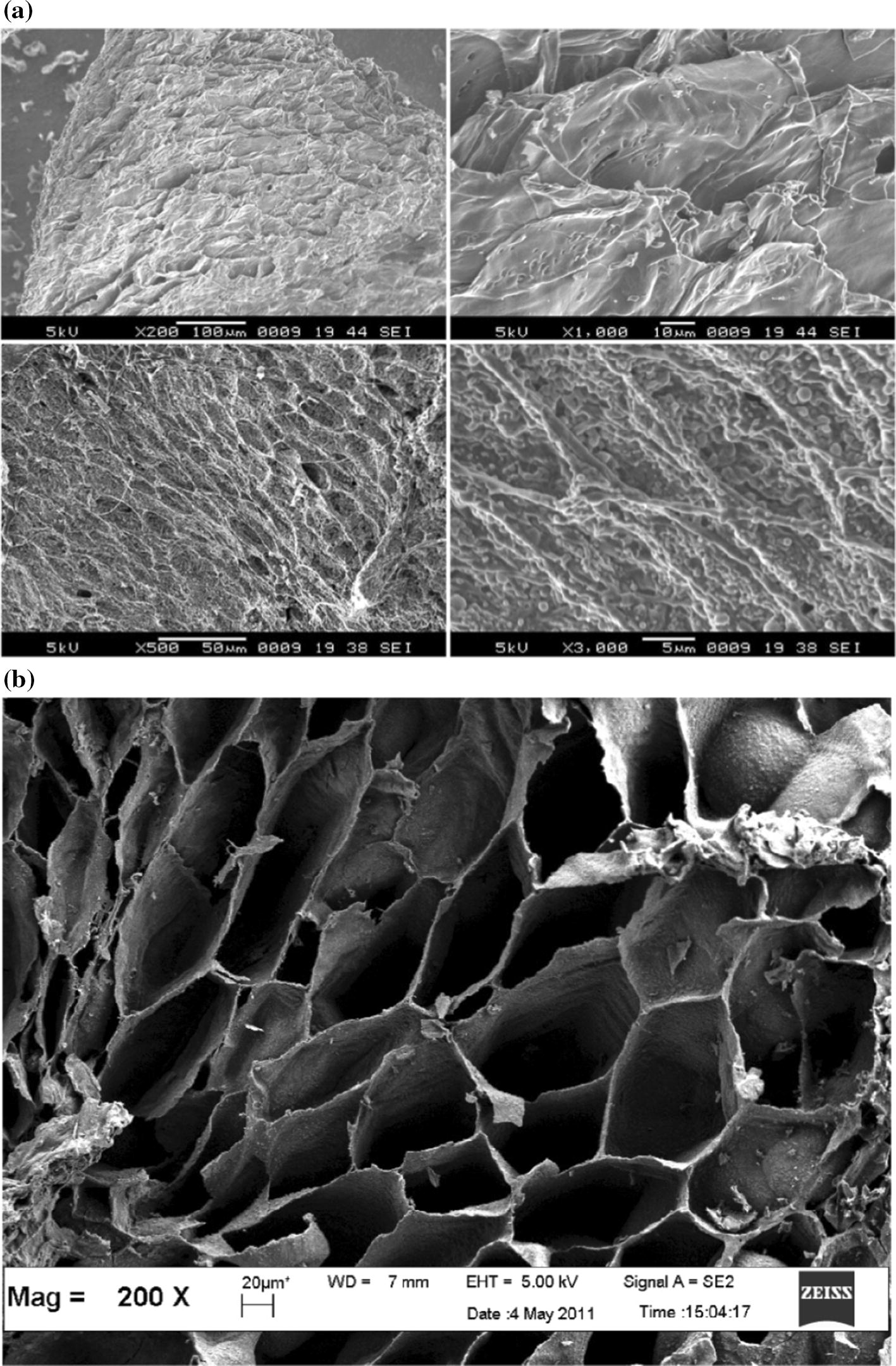Tkp 45 501 254 2012
The skyline of Melbourne in January 2019, as viewed from the., the second-largest city in, is home to approximately 723 completed buildings. Of those completed and or topped-out, 44 buildings are defined as 'skyscrapers' (buildings which reach a height of at least 150 metres (490 ft));. Of the ten tallest buildings in Australia, five are located in Melbourne.
Jan 28, 2015 - VRC01-induced escape pathway in vivo using Envs from donor 45, from whom. 254 and their impact on CD4-mediated entry and viral replication. 501 immunization with donor 45 envs may be the solution to. Broad and potent neutralization of HIV-1 by a gp41-specific. TKP- ---L--T-. May 18, 2012 - 97/Friday, May 18, 2012/Rules and Regulations. Section 501(a) of the. (TKP digestion). 45 Open File Report 00–170, Methods of Analysis by the U.S. 34014–18–1 507/525.1/525.2.

Most of Melbourne's tallest skyscrapers are concentrated in the precinct; however, other locations of prominent skyscrapers and tall buildings in Melbourne include,,,,. Geographically, Melbourne's central business district comprises a western skyline and an eastern skyline. Buildings are more densely packed in the west than the east, although the east has two of the city's tallest buildings to architectural feature— and, respectively, whilst the (located on the west side) is tallest by roof. As a whole, the city overtook in 2011 as having the tallest skyline in the country and the 24th–tallest in the world, when the heights of the top ten tallest buildings in the city are combined. Historically, Melbourne has represented several 'firsts' and been the holder of various records, both in Australia and internationally. The city is notable for being one of the first cities in the world to build numerous tall office buildings, alongside and in the United States, though Melbourne's first skyscraper boom was very short lived. Melbourne was the location for Australia's first high–rise, the, constructed during this boom in 1889. Sample debut program script for emcee software free download.
Melbourne was also the location for the first modern post-WW2 high-rise, built in 1958. From 1986 to 2005, three of Melbourne's skyscrapers held the title of tallest building in Australia, with the Rialto Towers (1986–91), 101 Collins Street (1991) and 120 Collins Street (1991–2005). Since 2006, the city has been home to the second-tallest building in the country, the; surpassed only by the 's, the Eureka Tower still maintains the title of tallest building in Australia to roof. Several other skyscraper projects have since emerged, such as —which when completed in 2020, will surpass the Eureka Tower in height, and become the tallest building in Australia to roof. Further information: 19th century The late 1880s 'land boom' saw the construction of approximately a dozen 'lofty edifices' of 8 to 10 storeys, made possible by the introduction of a pressurised to operate lifts, and taking load bearing brickwork to great heights. The (Australian Building) at 12 storeys plus spire, was by far the tallest, and can claim to be Australia's first 'skyscraper' and amongst the tallest building in the world when completed in 1889. Aside from the APA Building, a total of 11 'skyscrapers' were located in the Melbourne city centre during this period, including the Finks Building and the Prell's Building.
Many of the high-rises of this era were constructed in a or, which led to the comment that Melbourne had become a 'Queen Anne Chicago'. None of them, however, were preserved and most were torn down between the 1960s and early 70s. Fallout 1 savegame editor. Melbourne's skyline from the Yarra River in 1934. 20th century Melbourne was the first city in Australia to undergo a post-war high-rise boom beginning in the late 1950s, though in the following decades built more, with over 50 high-rise buildings constructed between the 1970s–90s.
